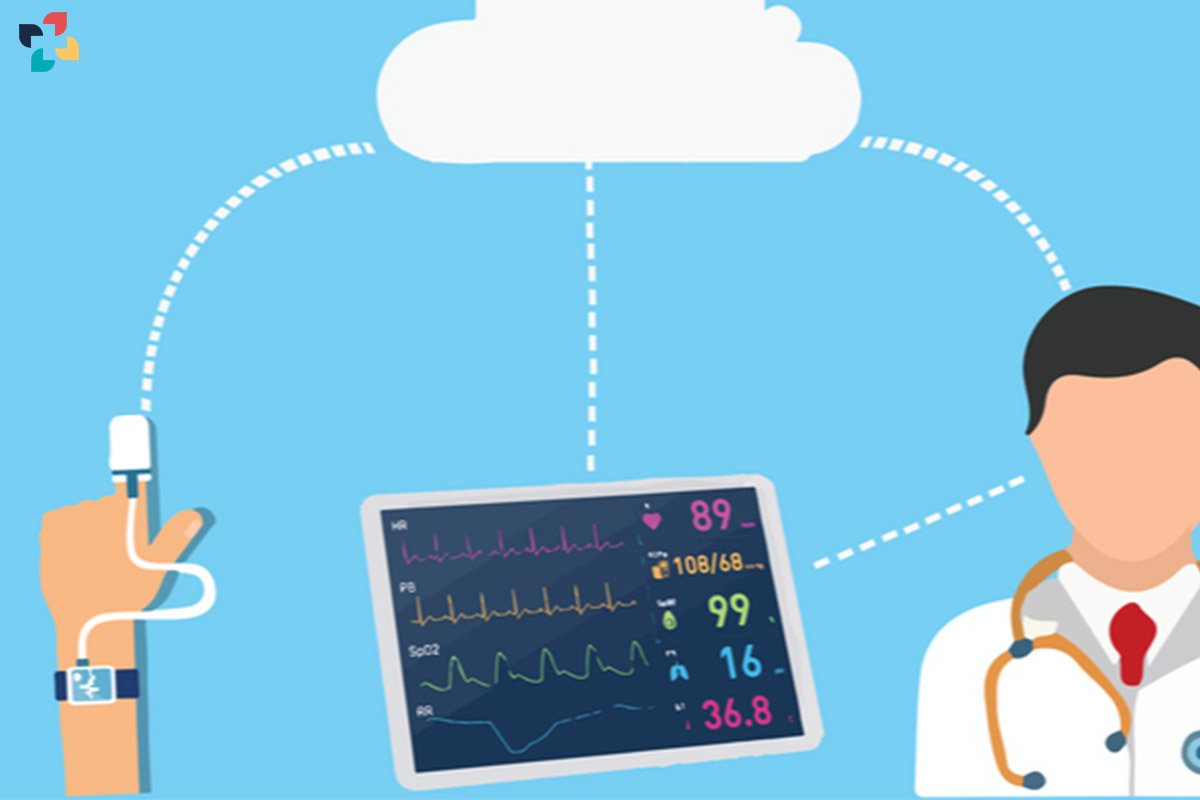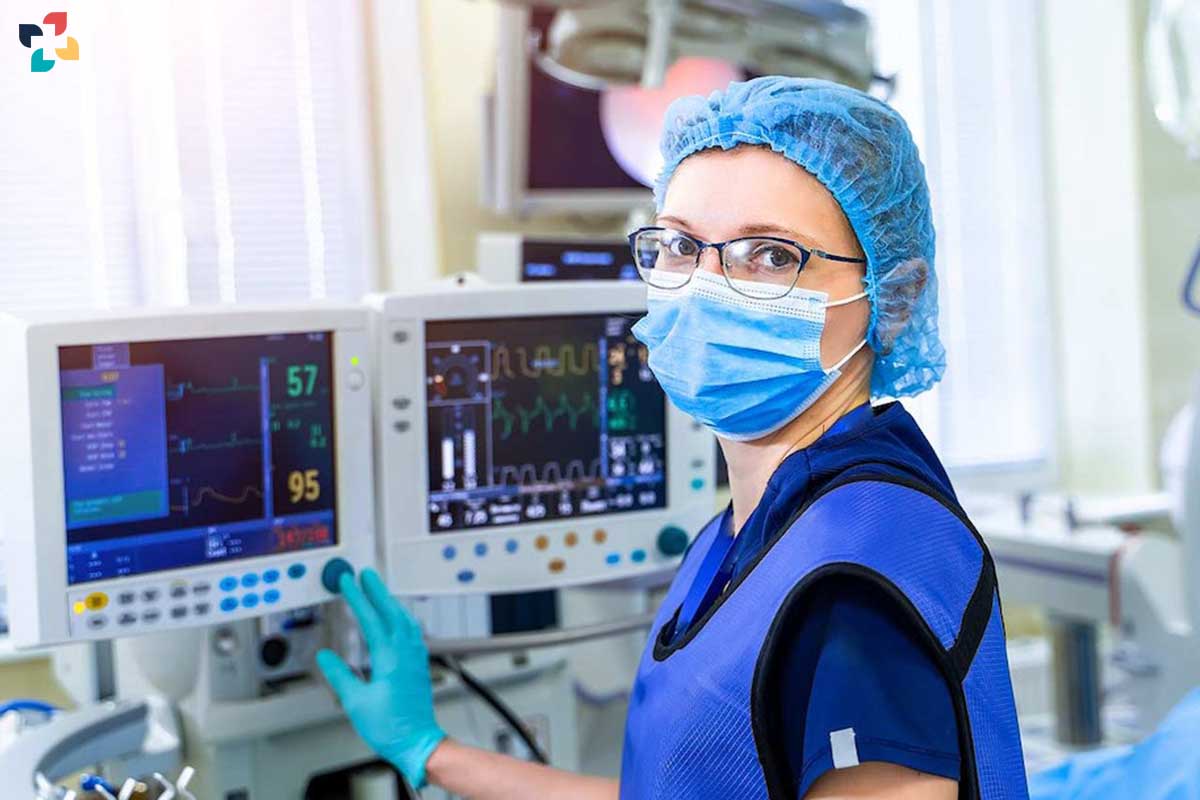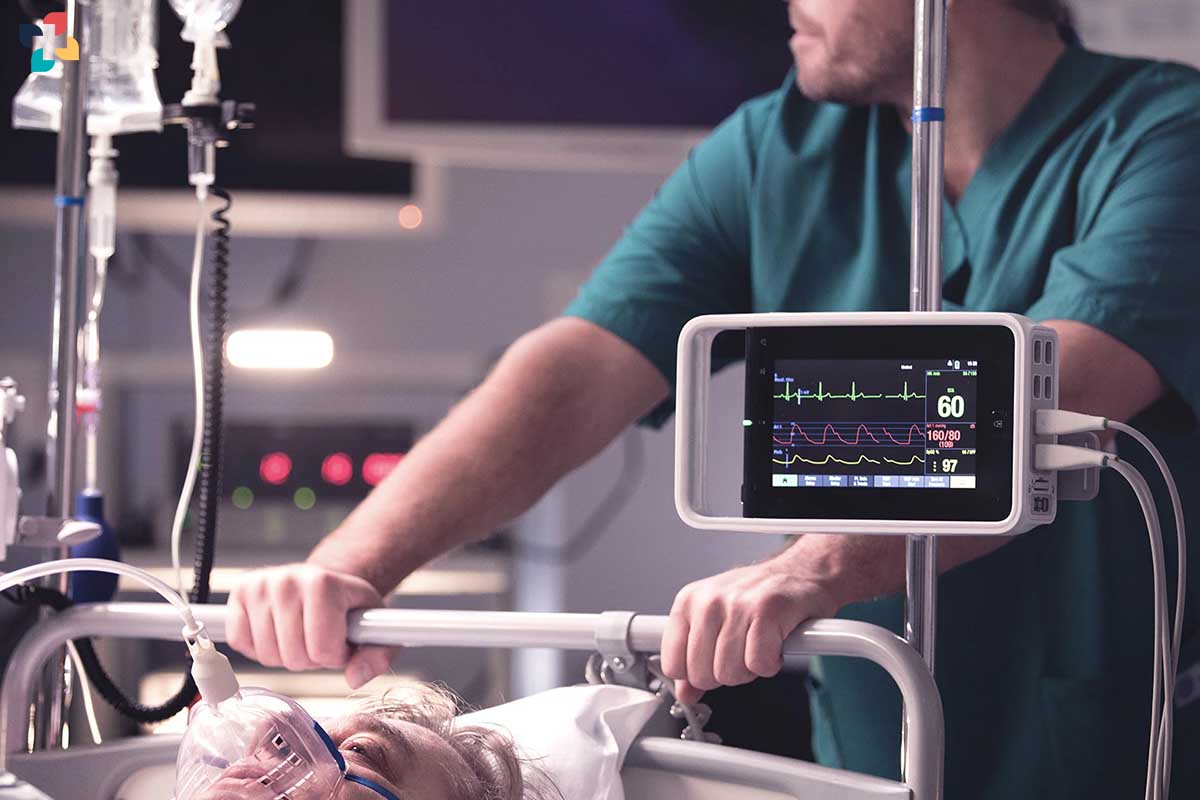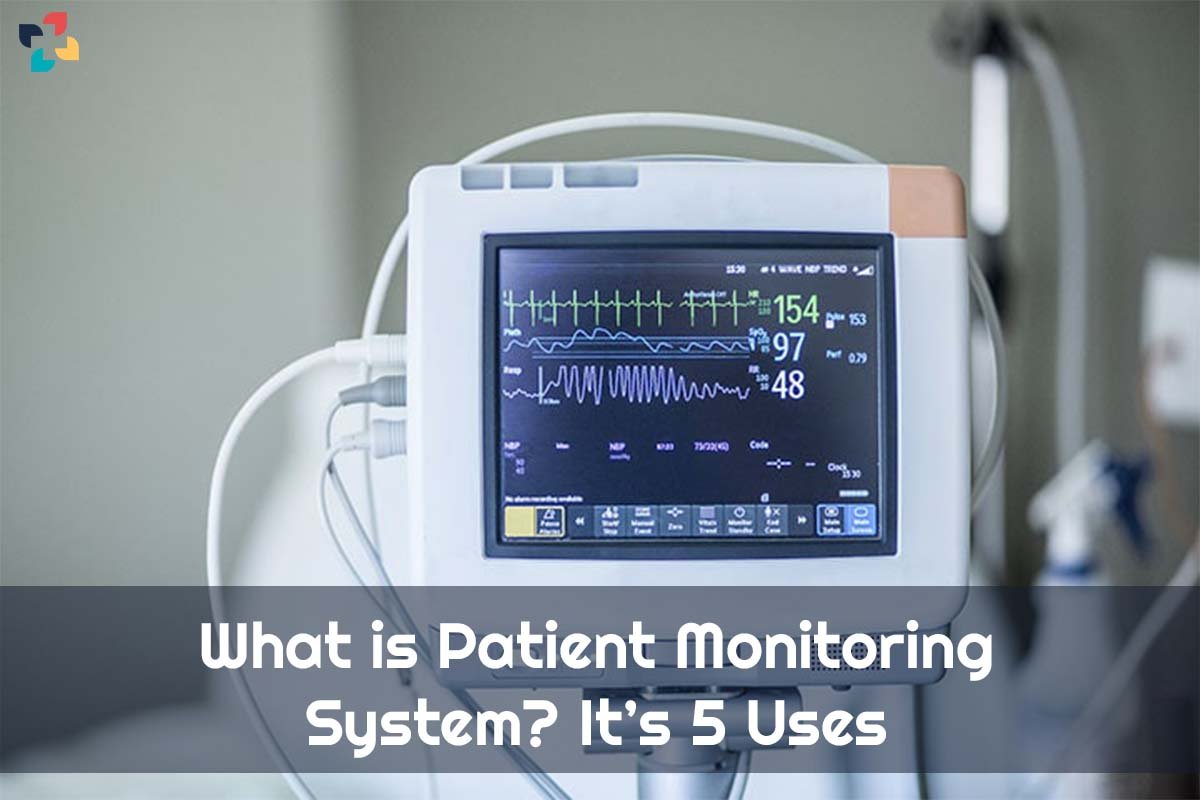Since the beginning of human history, people have been keeping track of the vital signs of one another by using a variety of techniques to record information such as the rate at which the heart beats, the temperature of the body, the rate at which the lungs breathe, and the blood pressure in the arteries. In this article, Gleamed explores the origins of the uses of the Patient Monitoring System, traces their development over the course of several centuries, and investigates the uses of the Patient Monitoring System.
In the year 1625, Santorio of Venice, with the assistance of his close friend Galileo, published methods for measuring the temperature of the body with a spirit thermometer and the pulse rate with a pendulum. Both of these methods were used to time the pulse rate. However, the majority of people disregarded their findings. The first scientific report on the pulse rate was not made public until 1707 when Sir John Floyer published his book “Pulse-Watch.” This book was the first to discuss the phenomenon of the pulse.
Around the year 1852, Ludwig Taube published the very first plotted the course of fever in a patient. At the same time, he added respiratory rate to the list of human vital signs that could be tracked at the time. The heart rate, respiratory rate, and temperature of the body became the standard vital signs that medical professionals of the time monitored. Subsequent advancements in the thermometer and clock helped make these three parameters more accurate.
Uses of the Patient Monitoring System An acronym for “vital signs and warning mechanisms to detect and record changes in the patient’s wellness,” patient monitoring systems keep track of patients’ vital signs and document any changes in their health. A patient monitoring system is any collection of instruments that allows medical practitioners to keep track of a patient’s health status. These instruments may include blood pressure monitors, electrocardiograms, and pulse oximeters.
Here are 5 uses of the Patient Monitoring System;
1. During the course of a procedure
The uses of the Patient Monitoring System In order to reduce the likelihood of anything unfavorable occurring during surgery, the surgeon must have constant access to the vital signs of the patient. In a normal operating room, you will find capnography equipment for monitoring CO2 levels, a pulse oximeter for measuring oxygen levels, a sphygmomanometer for measuring blood pressure, and some kind of thermometer for tracking a patient’s temperature.

2. Care Following an Operation
After surgery, much of this same monitoring equipment is used by physicians, nurses, and other healthcare personnel to check that the patient’s post-operative recovery is proceeding without a hitch. In addition to its usage in clinical environments, remote uses of the Patient Monitoring System may also be put to use in a number of other contexts, such as the treatment of diabetes.
3. Intensive Care
Patients receiving medical treatment in the critical care unit need to be monitored continuously because of the nature of the therapy. Patient Monitoring Systems enable continuous visibility of the subject’s physiological status and provide quick therapy if it is necessary. This allows for continual observation of the patient to take place using the system.

4. Increased Responsibility on the Part of Patients
Patients are held more responsible for the outcomes of their care the more involved they are in their own treatment. Patients have a higher level of engagement and a greater sense of support when they are aware that their health data is being sent directly to their physician and when they get personalized communication based on the data that is specific to them.

Patients may use remote uses of the Patient Monitoring System to assist them to take a more active part in their healthcare journey by, for example, assessing their current health status using surveys or forms, getting reminders and mild nudges, and reviewing their current health condition using surveys or forms.
5. Improvements in the Management of Chronic Care
The Centers for Disease Control and Prevention report that sixty percent of individuals in the United States are living with a chronic disease. In point of fact, chronic illnesses are the primary causes of mortality and disability in the United States.
As well as the primary contributors to the nation’s yearly healthcare expenses of $3.8 trillion. On the other hand, a number of these illnesses are either entirely avoidable or may be treated or managed in a more efficient manner by improving patient participation and the Patient Monitoring System.
Bottom Line
The uses of the Patient Monitoring System is very important since it notifies us of any early or potentially hazardous decrease in a patient’s health, allowing medical professionals to modify their treatment plans as required. The ability of medical practitioners to prioritize their patients and provide emergency treatment to those who are in the greatest need is made possible by the availability of real-time information, which ultimately helps save lives. save this article’ Uses of the Patient Monitoring System’ this help you a lot in your life.











